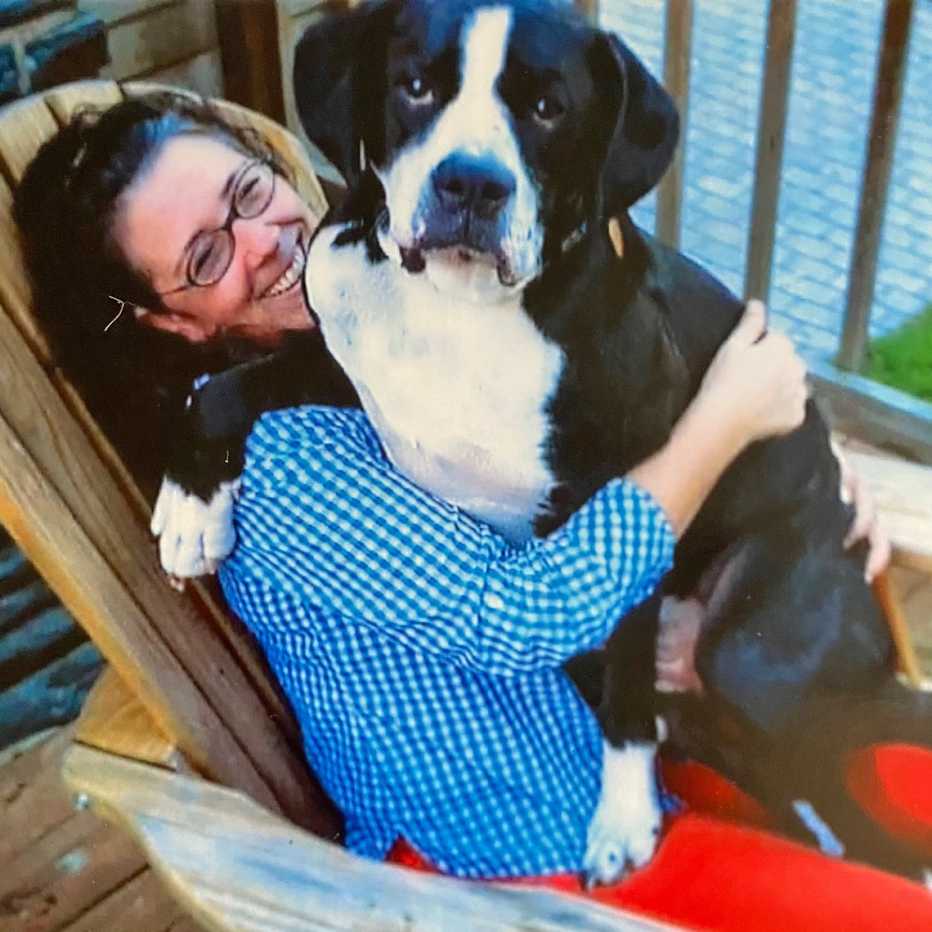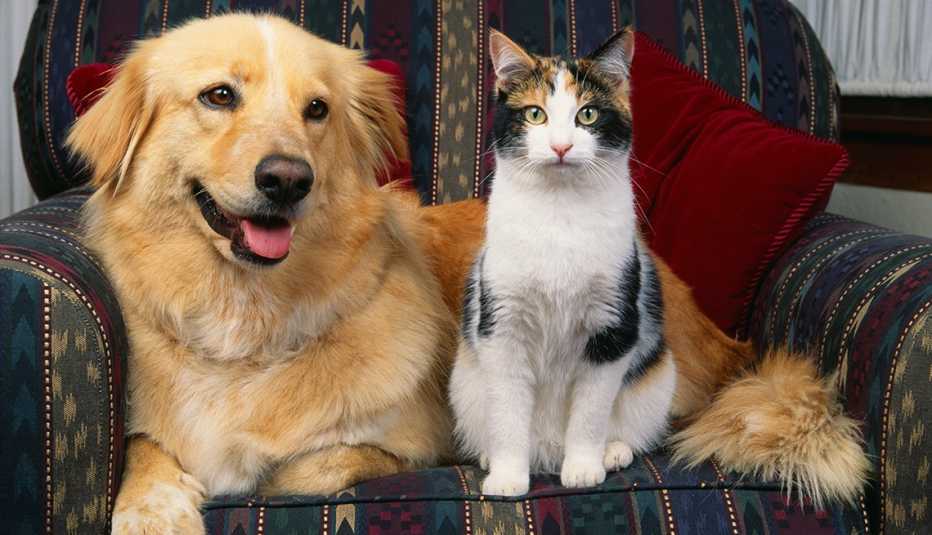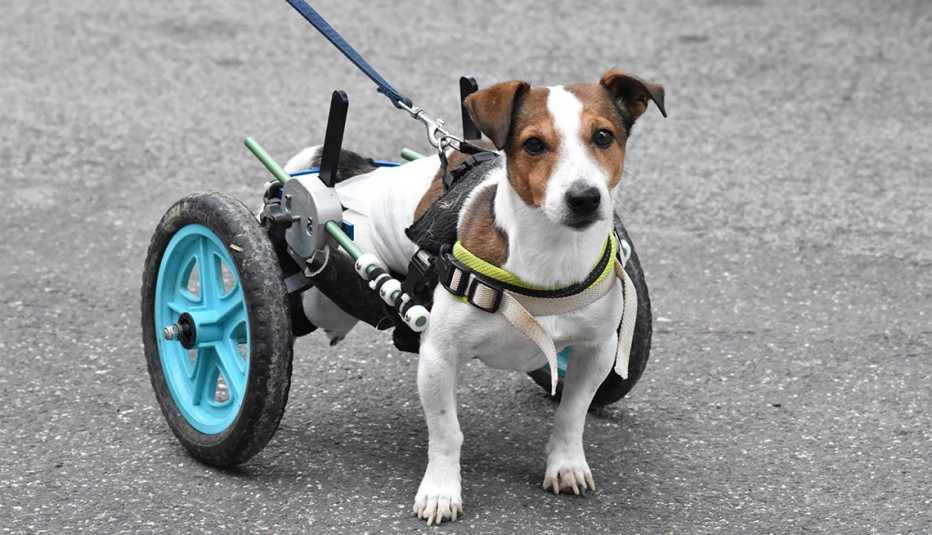Staying Fit
Kate Cole desperately misses Cassius, her boxer-Great Dane mix who died in January.
He used to stand between her feet when she did the dishes. He binge-watched Netflix with her during COVID-19 quarantine and wouldn’t leave her side when she had cancer. He could even say “I love you” (sounding exactly like Scooby-Doo).


But after Cassius suffered two days of seizures, Cole, her husband and their two children had to say goodbye to him.
“It was heartbreaking and felt like the biggest hole ever,” says Cole, 53, who lives in Waverly, Pennsylvania. “And I still feel that void all the time.”
Many U.S. households can relate. Seventy percent of them, or about 90.5 million families, own a pet, according to a 2021–2022 survey by the American Pet Products Association. And at some point, those pets come to the end of their lives.


AARP Membership— $12 for your first year when you sign up for Automatic Renewal
Get instant access to members-only products and hundreds of discounts, a free second membership, and a subscription to AARP the Magazine.
Furry friends are often considered members of the family and may be an older adult’s sole companion. Those losses can be emotionally devastating, says Sarah Bowen, author of Sacred Sendoffs: An Animal Chaplain’s Advice for Surviving Animal Loss, Making Life Meaningful, & Healing the Planet.
“Losing a cat or dog [or other loved pet] can be devastating because of the strength of a human-animal bond,” says Bowen. “Animals are enmeshed in our lives, so when they are absent, the silence in our home is startling.”







































































